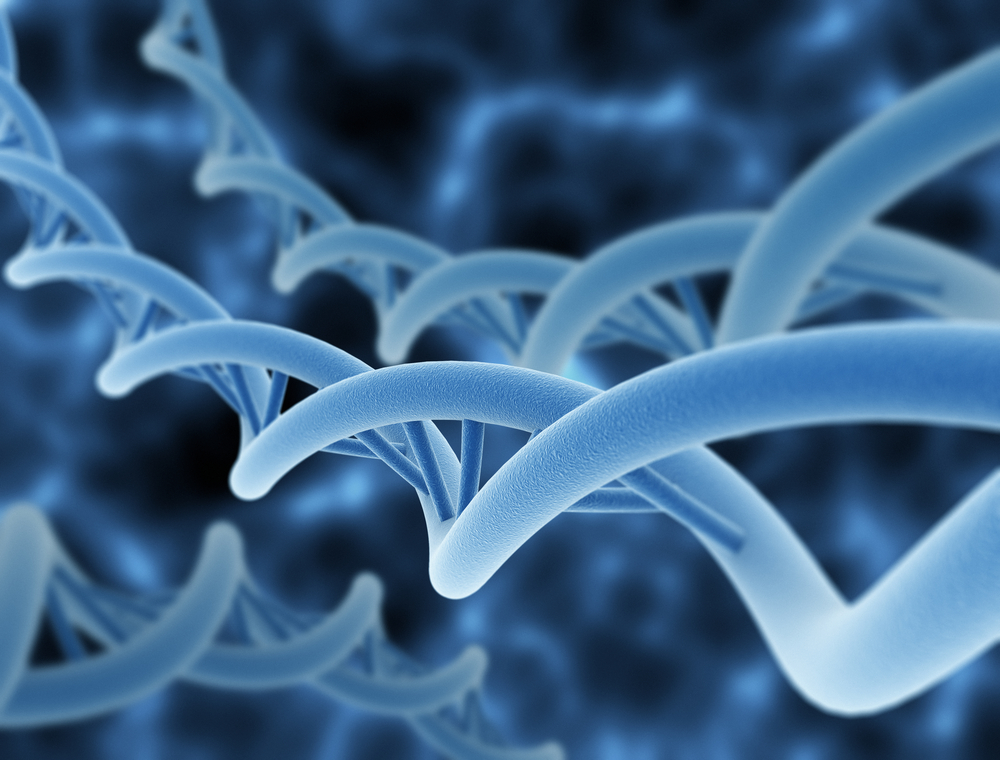Reasearchers Find Hormone Injections Can Spread ‘Seeds’ of Alzheimer’s Disease

A recent study published this week in Nature has revealed that the “seeds” of Alzheimer’s disease and related brain disorders may be transmitted by direct tissue transplantation. The results from the study entitled “Evidence for human transmission of amyloid-β pathology and cerebral amyloid angiopathy”, coupled with findings from other recent investigations, could provide a new understanding on how prions, rogue proteins similar to those that lead to Mad Cow disease, develop and potentially spread in the brain.
Study authors analyzed the brains of eight people that showed signals of Creutzfeldt-Jakob disease development caused by treatments with contaminated growth hormones from human cadavers decades before. Six of the eight patients also had an increase in amyloid plaques, a well-established cause of Alzheimer’s Disease. “This is the first evidence of real-world transmission of amyloid pathology,” John Hardy, a University College London molecular neuroscientist, reportedly told the journal according to a recent news release “It is potentially concerning.”
The hormone treatments were given to people short in height and the samples for the study were collected from cadavers’ pituitary glands, however, they were contaminated with prions. The treatments began in 1958, and due to reports of Creutzfeldt-Jakob they were halted in 1985. In 2000 the results showed that 38 of the patients had developed the disorder and in 2012 there were 450 cases among the recipients of the cadaver-derived HGH and other clinical procedures such as brain surgery and transplants.
“This is potentially very important research,” added Mike Hanna, Director of the UCL Institute of Neurology. “It could inform our understanding of the molecular mechanisms leading to Alzheimer’s disease and will enable new programs of world-leading research in dementia.”
It remains unknown to what extent prions may be “catching”. However, researches have found the newly-understood Multiple System Atrophy could be spread through direct contact with used surgical instruments. “You can’t kill a protein, and it can stick tightly to stainless steel, even when the surgical instrument is cleaned,” said Kurt Giles, a University of California at San Francisco researcher and one of the authors of that MSA study. “As a result, we’re advocating a precautionary approach.”
Results from a recent study that analysed the genetic adaptation of brain-eating cannibals from Papua New Guinea showed that their genetic material allows them to survive a prion disease named kuru. This study findings suggest this genetic information may hold cures to conditions such as Alzheimer’s Disease.
According to the authors, these novel data should prompt investigation of whether other known iatrogenic routes of prion transmission may also be relevant to Aβ and other proteopathic seeds associated with neurodegenerative disorders. “Our findings relate to the specific circumstance of cadaver-derived human growth hormone injections, a treatment that was discontinued many years ago,” said John Collinge, one of the UCL authors. “It is possible our findings might be relevant to some other medical or surgical procedures, but evaluating what risk, if any, there might be requires much further research. Our current data have no bearing on dental surgery and certainly do not argue that dentistry poses a risk of Alzheimer’s disease.”






